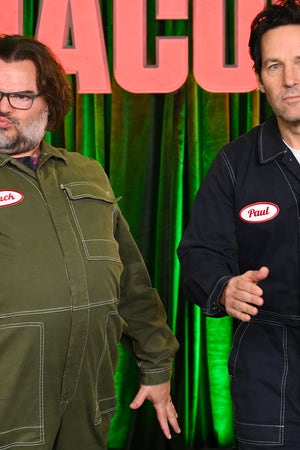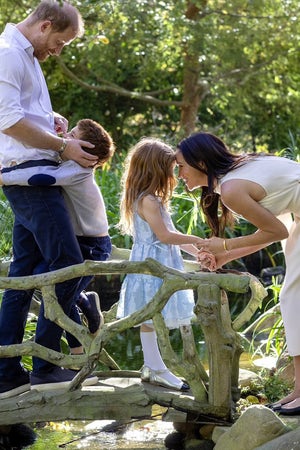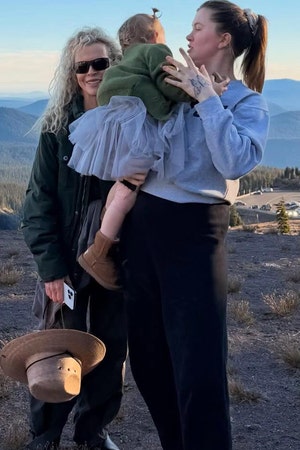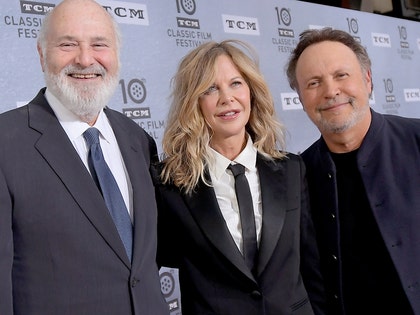 Australian Reptile Park
Australian Reptile Park
Park rangers say that the arachnid is the biggest they've ever seen!
Australian wildlife handlers have been stunned by the discovery of a three-inch funnel-web spider that can bite through human fingernails.
A mystery citizen dropped off the eight-legged arachnid, which experts have dubbed the "mega spider", to the Australian Reptile Park in South Wales earlier this week.
The park encourages its locals to safely catch funnel-web spiders in order to harvest its poison for the organization's anti-venom program.
 Bravo
Bravo
RHOSLC Star Jen Shah Slams Meredith Marks Over Theft Accusations
View StoryBut while the tiny monstrosities normally average between 0.3 to 1.9 inches, the specimen that was anonymously left in a Tupperware container was almost twice the size of the largest one on the books.
Education officer of the Australian Reptile Park, Michael Tate, told Daily Mail how important the discovery of a spider of this kind so large truly was.
"She is unusually large and if we can get the public to hand in more spiders like her, it will only result in more lives being saved due to the huge amount of venom they can produce," he said.
Tate added, "We are really keen to find out where she came from in hopes to find more massive spiders like her."
Although funnel-web spiders are relatively big spiders, the largest spider in Australia is the whistling spider, which its name from the noise it produces when provoked.
 Jack Zeman/Fox/Getty
Jack Zeman/Fox/Getty
Rockmond Dunbar Quickly Exits '9-1-1' Over Vaccine Mandate
View StoryThis spider can be 2.4 inches long and stretch its legs up to 6.3 inches. However, the funnel-web spider carries a more toxic venom that has claimed more lives than its larger counterpart.
The funnel-web spider venom has killed 13 people in Australia, where the often rainy and humid weather creates a perfect environment for the creepy crawly to thrive. Children are most at risk, with one recorded case of a child dying within 15 minutes of being bitten.
Being one of the only facilities in the country that extracts venom from these spiders, the park has been able to create an anti-venom that saves up to 300 lives per year.
The park says the program has been able to save 25,000 lives in Australia since opening its doors in the 1950s.





















